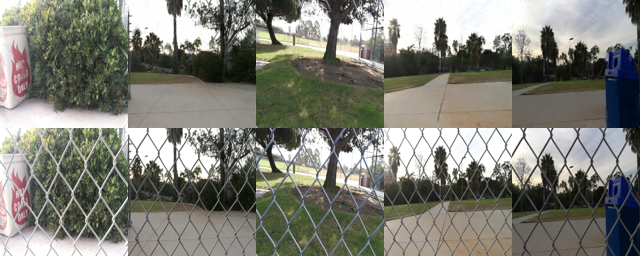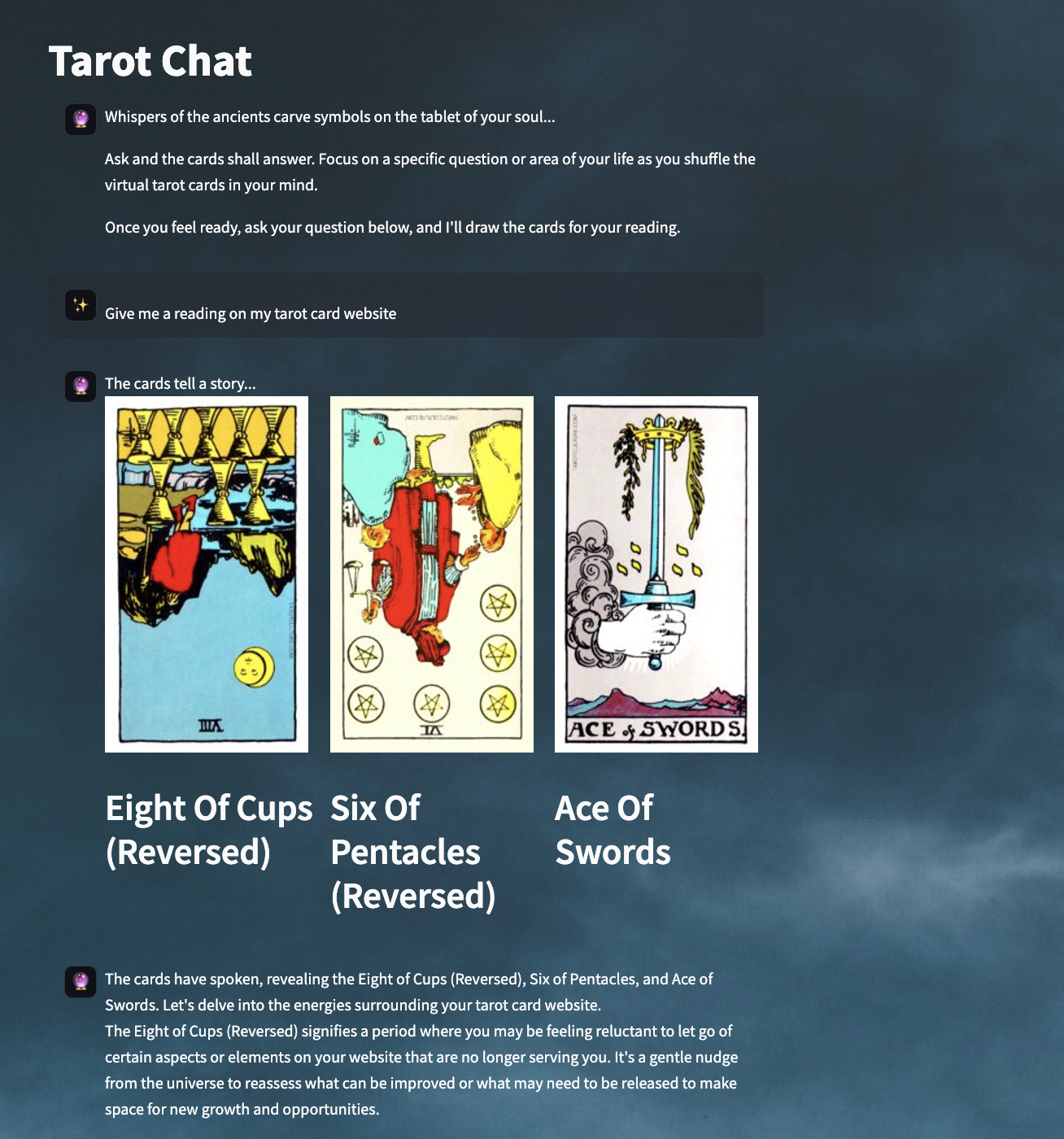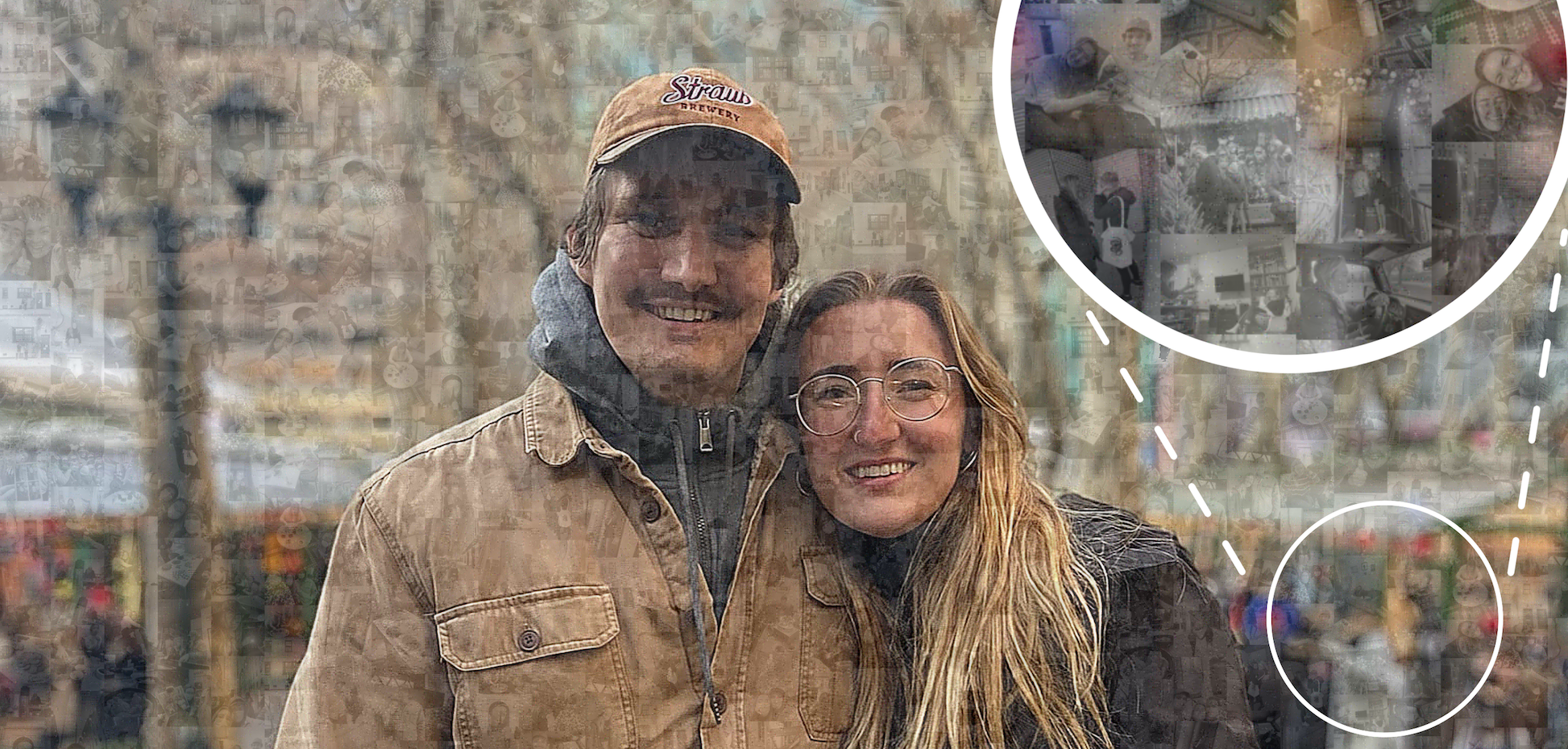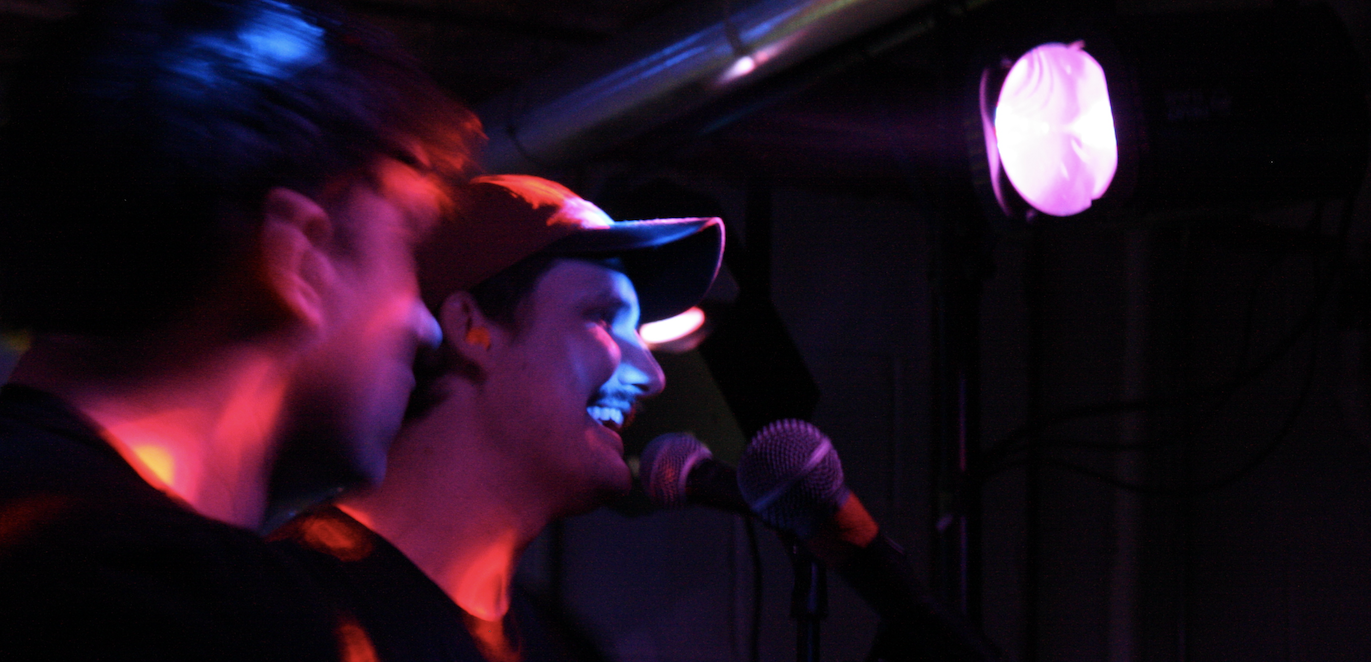About me
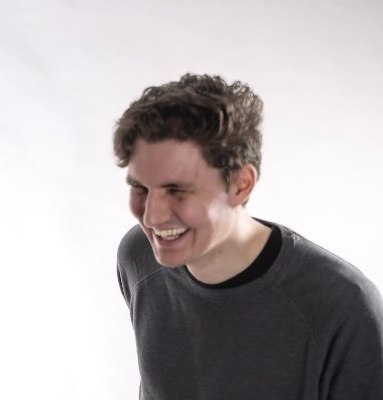
I'm a lead data data scientist with a strong background in natural language processing (NLP) and currently working at FINRA. With a deep-rooted interest in the world of data and its transformative potential, I have channeled my expertise into deciphering the complex world of financial markets and regulatory compliance through data-driven insights. I have a masters in Informatics from Penn State University where my research topics included include deep learning (DL) computer vision towards emotions recognition, the use of NLP to inform our predictions on in-the-wild emotion recognition tasks.
I love coding and I always tell people I think its one of the freest forms of expression since if you can dream it, you can program it. For my DL projects I prefer using Pytorch, however I'm also proficient in Tensorflow/Keras. As it relates to machine learning, some other topics I am interested in include XAI and uncertainty quantification, and parallel/big data computing.
In addition to programming personal projects, I have quite a few hobbies. Lately I've been spending most of my free time writing music, exploring state parks, and playing DnD with my friends.
View Resume
